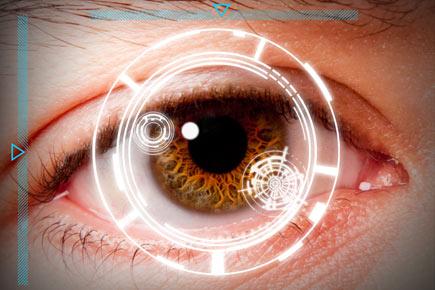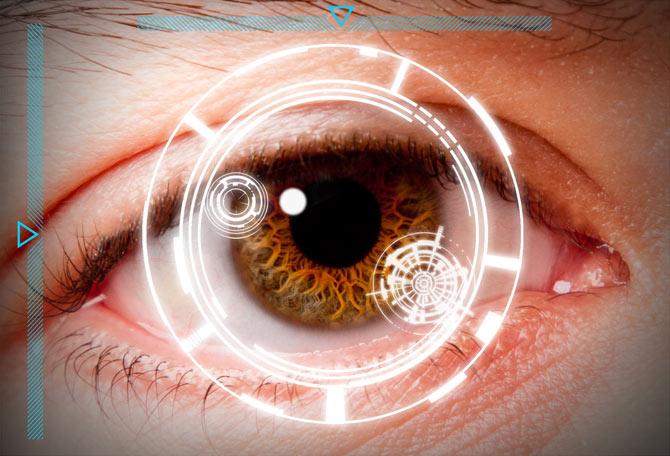Researchers have developed a new non-invasive retinal imaging technique that could prevent vision loss in diseases like glaucoma -- the second leading cause of acquired blindness worldwide

New imaging technique to detect onset of vision loss

Representational picture
ADVERTISEMENT
New York: Researchers have developed a new non-invasive retinal imaging technique that could prevent vision loss in diseases like glaucoma -- the second leading cause of acquired blindness worldwide.
The new technique called multi-offset detection, which images the human retina -- a layer of cells at the back of the eye that are essential for vision -- was able to distinguish individual retinal ganglion cells (RGCs), which bear most of the responsibility of relaying visual information to the brain. The death of these RGCs causes vision loss in glaucoma, the researchers said.
Glaucoma is currently diagnosed by assessing the thickness of the nerve fibres projecting from the RGCs to the brain.
However, by the time retinal nerve fibre thickness has changed detectably, a patient may have lost 100,000 RGCs or more.
"You only have 1.2 million RGCs in the whole eye, so a loss of 100,000 is significant," said David Williams from the University of Rochester in New York, US.
"The sooner we can catch the loss, the better our chances of halting the disease and preventing vision loss," Williams added.
For the study, the team modified an existing technology -- known as confocal adaptive optics scanning light ophthalmoscopy (AOSLO). They collected multiple images, varying the size and location of the detector they used to gather light scattered out of the retina for each image, and then combined those images.
The results showed that the technique not only enabled to visualise individual RGCs, but even the structures within the cells like nuclei could also be distinguished in animals.
If this level of resolution can be achieved in humans, it may be possible to assess glaucoma before the retinal nerve fibre thins -- and even before any RGCs die -- by detecting size and structure changes in RGC cell bodies.
"This technique offers the opportunity to evaluate many cell classes that have previously remained inaccessible to imaging in the living eye," Ethan Rossi, Assistant Professor at the University of Pittsburg in the US, noted in the paper appearing in the journal PNAS.
 Subscribe today by clicking the link and stay updated with the latest news!" Click here!
Subscribe today by clicking the link and stay updated with the latest news!" Click here!






